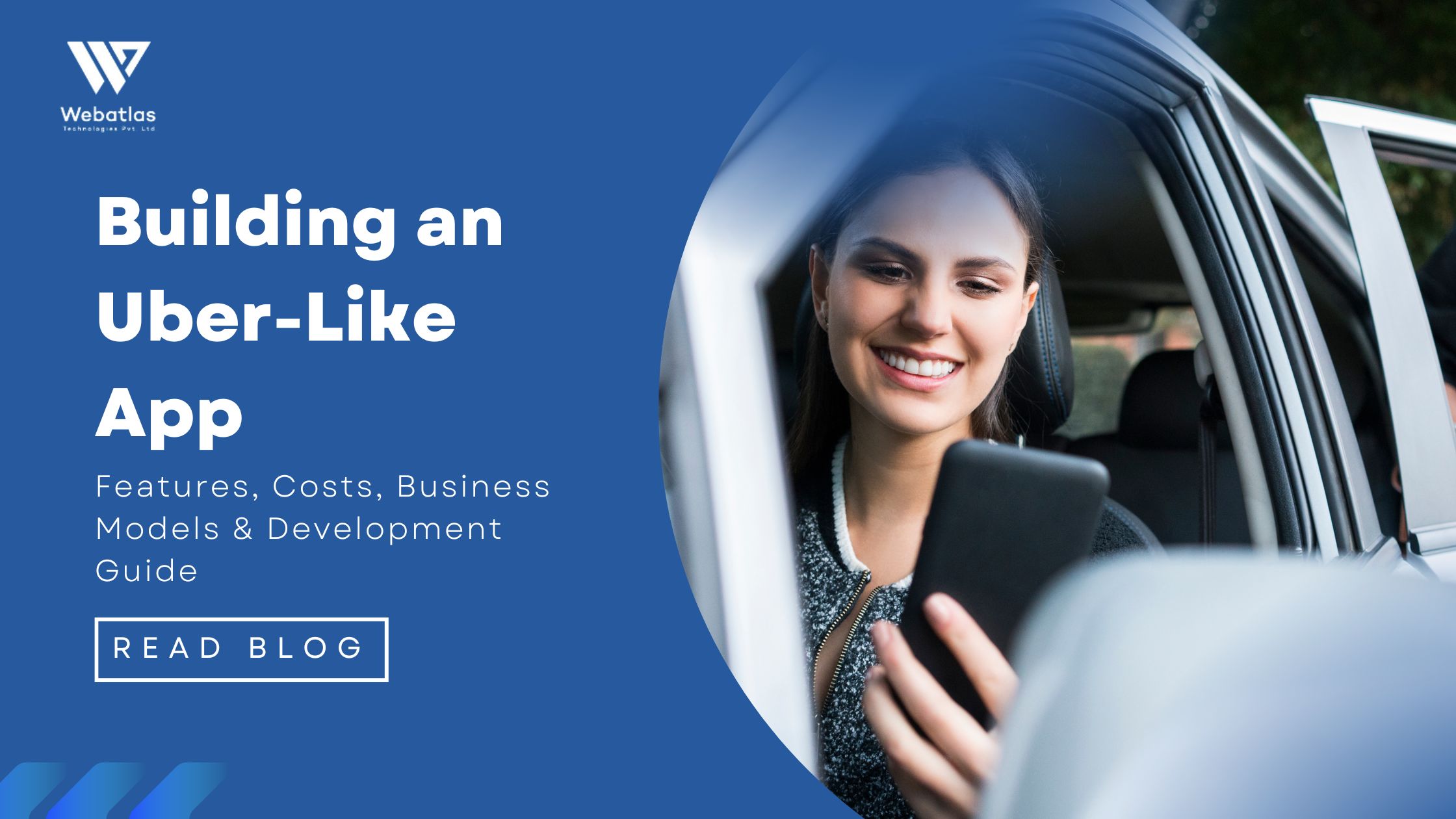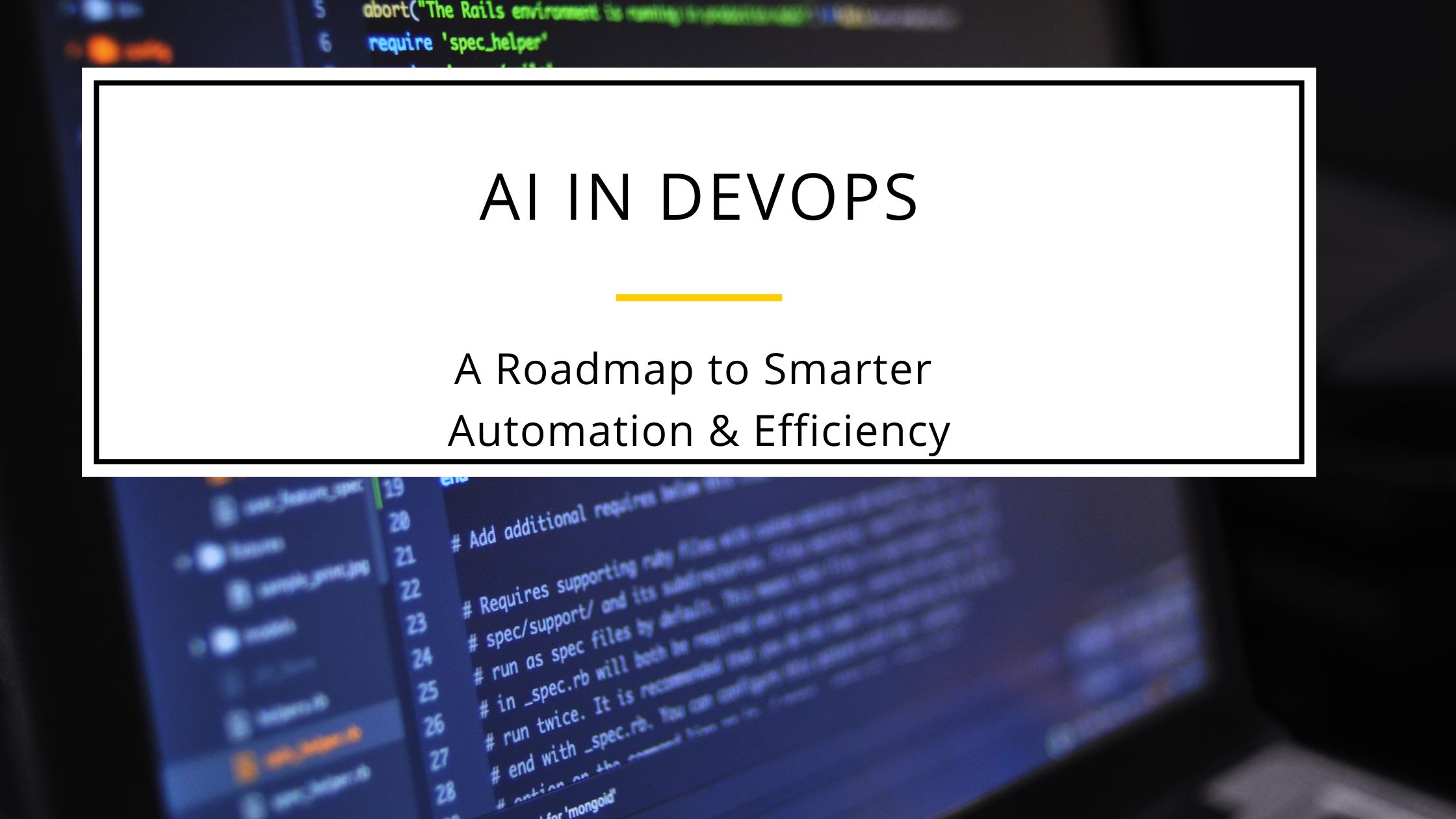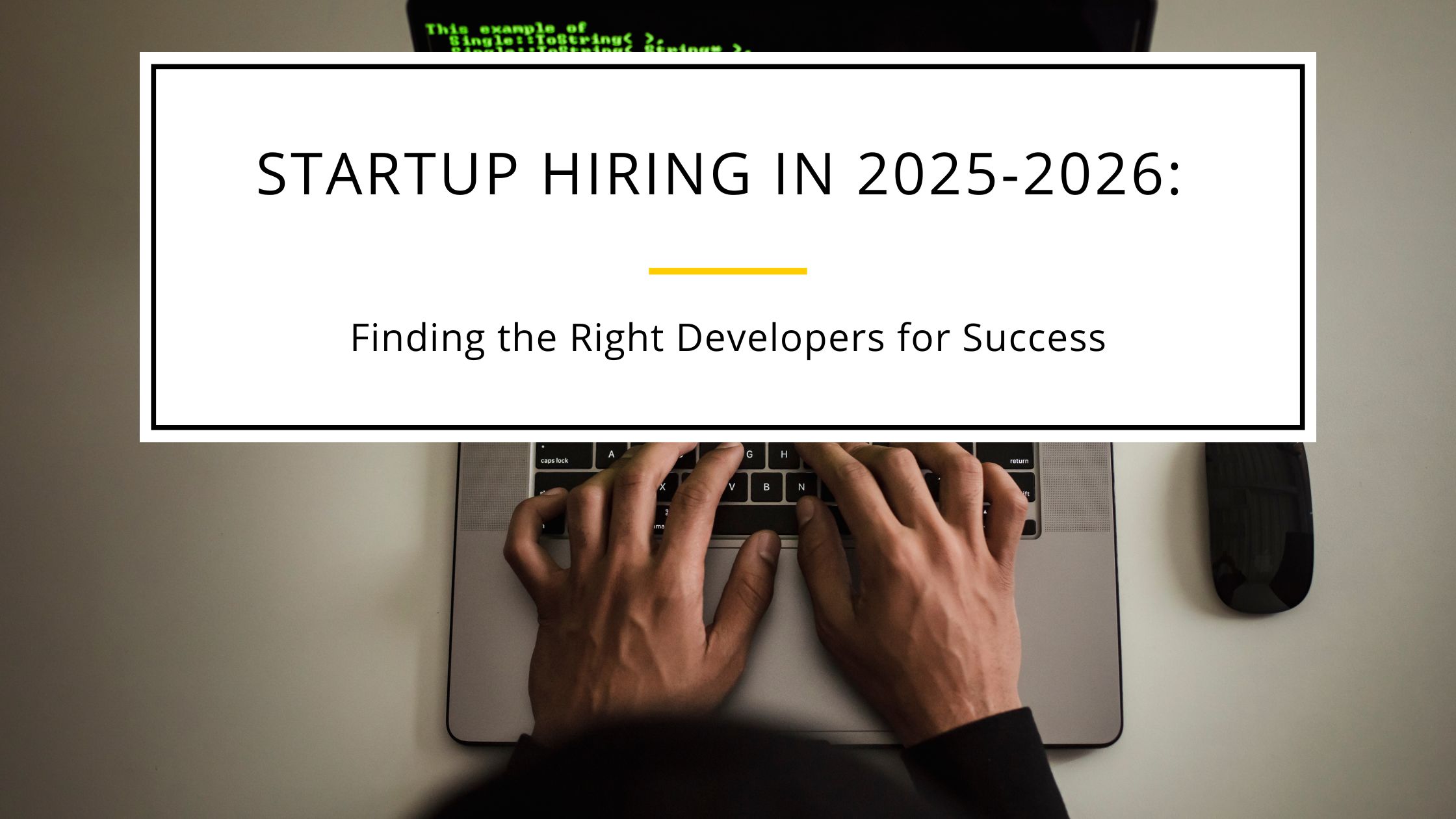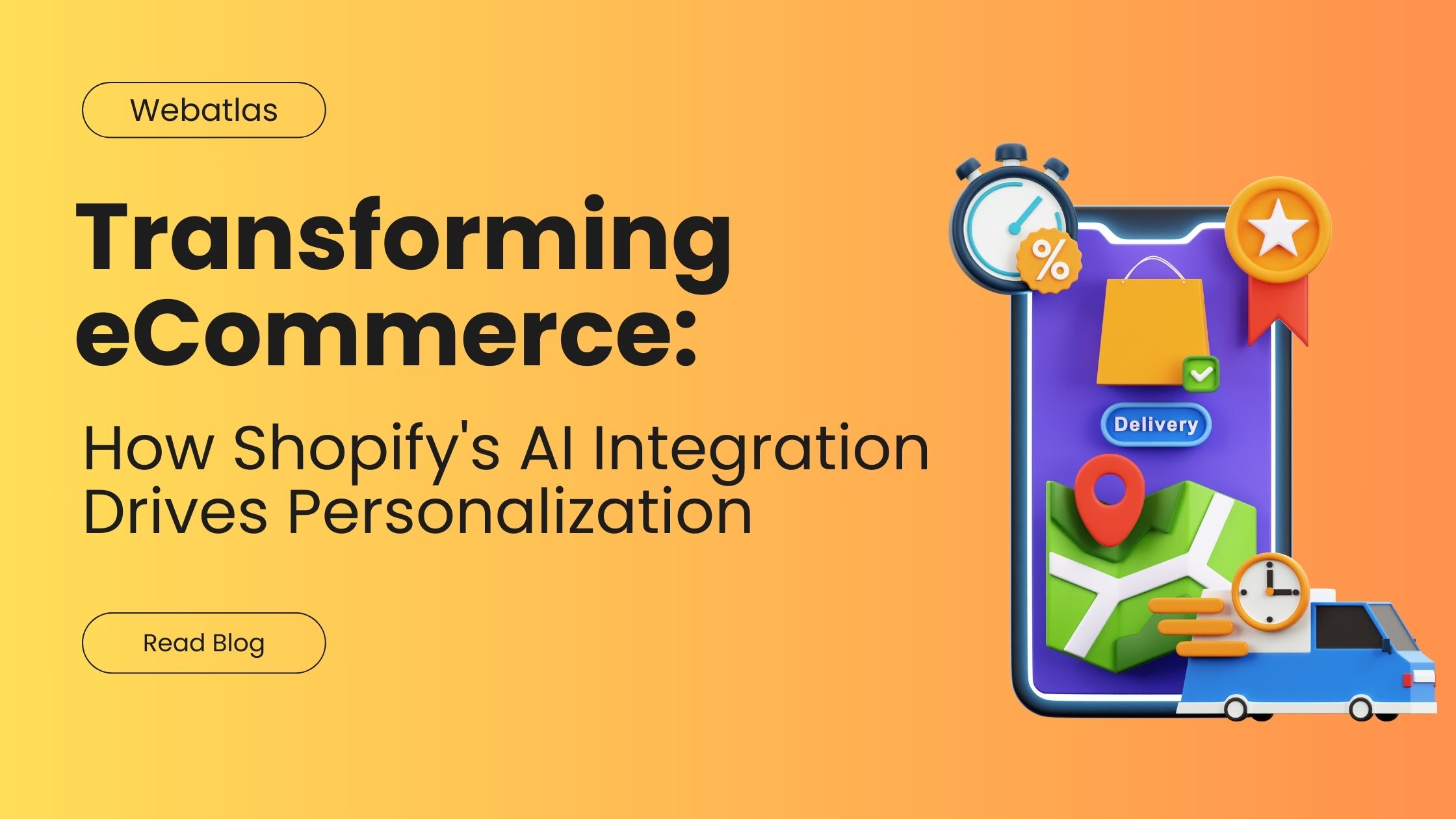How To Create A Taxi Booking App Like Uber- Features, Cost, Business Model and Guide

The on-demand taxi booking industry has revolutionized urban transportation. Pioneered by giants like Uber, these apps have transformed the way we hail cabs, offering convenience, transparency, and real-time tracking. If you’re considering venturing into this booming market, this guide provides a roadmap for developing a taxi booking app like Uber, exploring key features, functionalities, and cost considerations.
Current Market Value of Uber
Uber, the undisputed leader in the ride-sharing industry, boasts a staggering market capitalization exceeding $[800 billion] (as of May 2024). This dominance underscores the immense potential within the on-demand transportation sector. The global ride-sharing market itself is projected to reach a value of over $[2,400 billion] by 2028, indicating a steady growth trajectory.
Future Market Prediction of Cab Booking Apps
The future of cab booking apps appears bright, fueled by several key trends:
- Urbanization: The increasing concentration of populations in urban areas creates a persistent demand for convenient and efficient transportation solutions.
- Technological Advancements: Continuous advancements in GPS, mobile payments, and AI are expected to further enhance the user experience and operational efficiency of ride-sharing platforms.
- Environmental Concerns: As eco-consciousness rises, ride-sharing apps offer a sustainable alternative to personal car ownership, contributing to reduced traffic congestion and emissions.
These factors, coupled with the growing adoption of smartphones and internet connectivity globally, suggest a promising future for cab booking app development.
How Does the Taxi Booking Uber App Work?
Understanding the core functionalities of the Uber app is crucial before embarking on your own development journey. Here’s a simplified breakdown:
- User Request: A rider opens the app, sets their pick-up and drop-off locations, and requests a ride.
- Driver Matching: The app uses GPS to locate nearby drivers and sends the request to those who are available and meet the rider’s preferences (e.g., car type, rating).
- Ride Confirmation: The driver accepts the request, and the rider receives confirmation with estimated arrival time and fare.
- Real-time Tracking: Both riders and drivers can track each other’s location on a map within the app.
- Payment Processing: The app securely handles cashless payments, typically deducting the fare automatically from the rider’s linked account.
- Ratings and Reviews: After the ride, both riders and drivers can provide ratings and reviews, promoting accountability and maintaining platform quality.
Features in Taxi Booking App Like Uber:
Common Features:
- GPS Location Services: Enable real-time tracking of riders and drivers.
- Route Optimization: Find the most efficient route based on traffic conditions.
- Push Notifications: Send alerts to riders and drivers regarding ride requests, confirmations, and updates.
- In-App Chat: Facilitate communication between riders and drivers.
- Payment Gateway Integration: Enable secure cashless transactions.
- Rating and Review System: Maintain platform quality through user feedback.
Features to Implement for Riders in Uber Like App Development
- Ride Request: Option to specify pick-up and drop-off locations, preferred car type, and payment method.
- Estimated Fare: Transparency in pricing based on distance, time, and car type.
- Driver Tracking: Real-time visualization of driver’s location and estimated arrival time.
- Ride History: Access past ride details and receipts.
- In-App Support: Contact customer service through the app for any issues.
Features to Implement for Drivers in Uber Like App Development
- Trip Availability: Toggle availability to receive ride requests based on preference.
- Rider Information: View details about pick-up location, destination, and rider profile.
- Navigation: Utilize in-app navigation tools for efficient route planning.
- Earnings Overview: Track earnings and manage payouts.
- Performance Monitoring: Access information about past rides and ratings.
Admin Panel Features in Uber Like App Development:
- Driver and Rider Management: Approve/reject driver applications, monitor user activity, and manage disputes.
- Heatmap Analysis: Identify areas with high demand and optimize driver allocation.
- Fare Management: Set pricing structures, manage promotions, and track revenue.
- Content Management System: Maintain app content, update features, and push notifications.
- Reporting and Analytics: Gain insights into user behavior, app performance, and identify areas for improvement.
Additional Features to Consider:
- Multiple Payment Options: Offer flexibility in payment methods (e.g., credit cards, digital wallets).
- Multi-lingual Support: Cater to a wider audience by offering the app in multiple languages.
- Ride Scheduling: Allow riders to pre-book rides for future trips.
- Ride Sharing: Enable riders to share rides with others heading in the same direction.
- In-app Tipping: Facilitate riders to show appreciation to drivers through digital tipping.
- Carpool Options: Promote eco-friendly practices by offering carpooling options for riders with similar destinations.
- Accessibility Features: Integrate features catering to riders with disabilities, ensuring inclusivity.
- Loyalty Programs: Reward frequent riders with discounts and special offers to increase user retention.
Also Read- How to Develop a Dating App Like Tinder and How Much Does It Cost?
Business Model of a Cab Booking App Like Uber
The primary revenue stream for ride-sharing apps like Uber follows an aggregator model. Here’s how it works:
- Commission on Fares: The app charges a commission (typically a percentage) on every completed ride. This commission is split between the company and the driver.
- Surge Pricing: During peak hours or high demand periods, the app can implement dynamic pricing strategies, increasing fares temporarily. This helps manage supply and demand while generating additional revenue.
- Subscription Models: Consider offering optional subscription plans with benefits like priority ride requests or discounted fares.
- In-App Advertising: Partner with relevant businesses to display targeted advertisements within the app, generating additional revenue streams.
Choosing the Right Business Model:
The optimal business model depends on various factors, including your target market, competitor landscape, and regulatory environment. Carefully consider these aspects when defining your monetization strategy.
How Much Doest It Cost to Create a Taxi Booking App Like Uber?
The cost of developing a ride-sharing app like Uber can vary depending on several factors:
- App Complexity: The number of features, functionalities, and level of customization significantly impact development costs. A basic app with core functionalities will be less expensive than a feature-rich platform with complex algorithms and design elements.
- Development Team Location: Hiring developers in regions with lower hourly rates can reduce overall development costs. However, communication and time zone differences might need to be factored in.
- Development Approach: Choosing an in-house development team, outsourcing to a development agency, or opting for a low-code development platform all influence the cost structure.
Cost Range of Taxi Booking App
A rough estimate for developing a basic ride-sharing app similar to Uber can range from $[50,000] to $[150,000]. Adding more features, functionalities, and ensuring scalability for future growth can push the cost upwards of $[200,000] or even higher.
Here’s a breakdown of potential cost components:
- Mobile App Development (Android & iOS): This forms the core expense, encompassing development hours, user interface (UI) and user experience (UX) design, and back-end infrastructure.
- Admin Panel Development: A robust admin panel is crucial for managing users, rides, and platform operations.
- GPS Integration: Real-time location tracking is essential for core functionalities.
- Payment Gateway Integration: Secure payment processing is vital for a seamless user experience.
- Mapping Services: Integration with mapping APIs like Google Maps or MapKit is necessary.
- Ongoing Maintenance and Updates: Budget for continuous maintenance, bug fixes, and feature updates to ensure a smooth user experience.
Cost-Saving Strategies:
- Prioritize Features: Focus on developing the core functionalities first and add advanced features based on user feedback and market demands.
- Phase-wise Development: Consider a phased development approach, launching a Minimum Viable Product (MVP) with essential features and iteratively adding functionalities based on user feedback.
- Low-Code Development Platforms: Explore low-code platforms that can streamline development processes for basic app functionalities, potentially reducing costs.
It’s important to remember that these are just estimates. For a more accurate cost assessment, it’s recommended to consult with experienced app development companies who can provide a detailed proposal based on your specific requirements.
Technology Stack to Use in Cab Booking App Development
The following technologies are commonly used in developing ride-sharing apps:
- Front-end Development: Languages like React Native or Flutter allow for cross-platform development, enabling a single codebase to function on both Android and iOS devices.
- Back-end Development: Scalable and reliable back-end technologies like Node.js or Python with frameworks like Django or Express.js can handle server-side operations efficiently.
- Database: Cloud-based databases like Google Firebase or Amazon DynamoDB offer high scalability and flexibility to manage vast amounts of data generated by the app.
- Mapping Services: Integration with mapping APIs like Google Maps or MapKit is essential for location tracking, route optimization, and user navigation.
- Payment Gateway Integration: Secure payment processing solutions like Stripe, Braintree, or PayPal ensure seamless in-app transactions.
- Real-time Communication: Real-time messaging tools like Pusher or PubNub enable instant communication between riders and drivers.
- Cloud Infrastructure: Cloud platforms like Amazon Web Services (AWS), Microsoft Azure, or Google Cloud Platform (GCP) provide scalable and reliable infrastructure to support the app’s operations.
Choosing the Right Development Partner
Developing a successful ride-sharing app requires expertise in various domains. Here are some key factors to consider when choosing a development partner:
- Experience in Ride-Sharing App Development: Look for a company with a proven track record of building similar apps. Their experience can ensure a smooth development process and adherence to best practices.
- Technical Expertise: The development team should possess strong skills in mobile app development, back-end development, and integration with various APIs and technologies.
- Scalability and Security: Choose a partner who prioritizes building a scalable and secure app infrastructure that can accommodate future growth and user demands.
- Communication and Transparency: Effective communication and project management are crucial. Ensure your chosen partner provides clear communication channels and regular updates throughout the development process.
Expertise of Webatlas is Taxi Booking App Development Like Uber
At Webatlas, a leading mobile app development company, we have years of experience crafting cutting-edge taxi booking apps that rival industry giants like Uber. We understand the intricacies of building a successful platform that caters to both riders and drivers.
Here’s a glimpse into our expertise in taxi booking app development:
-
In-depth Industry Knowledge: We stay ahead of the curve by constantly researching and analyzing the latest trends in the on-demand transportation industry. This ensures your app incorporates the newest features and functionalities that riders crave, keeping you ahead of the competition.
-
Expert Development Team: Our team of skilled developers boasts extensive experience in building robust, scalable, and user-friendly mobile apps. We leverage cutting-edge technologies like GPS integration, real-time mapping, and secure payment gateways to create a seamless experience for all users.
-
Customizable Solutions: We understand that a one-size-fits-all approach doesn’t work in the dynamic world of app development. That’s why we collaborate closely with you to understand your specific needs and target market. We then design and develop a custom taxi booking app that perfectly aligns with your business goals.
-
Focus on User Experience (UX): We prioritize creating an intuitive and user-friendly experience for both riders and drivers. This means a clean and uncluttered interface, easy navigation, and features that streamline the booking process. We believe a smooth UX is key to user retention and driving growth for your app.
-
Security and Scalability: Security is paramount, especially when dealing with user data and financial transactions. Our team implements robust security measures to protect sensitive information. Additionally, we build apps with scalability in mind, ensuring your platform can handle a growing user base without compromising performance.
By partnering with Webatlas, you gain access to our expertise and a proven track record of success in the mobile app development space. We’ll help you navigate the intricacies of taxi booking app development, resulting in a powerful platform that disrupts the market and secures its place in the on-demand transportation landscape.
By carefully considering these factors, you can select a reliable and experienced development partner who can transform your vision for a ride-sharing app into a reality.
Conclusion
Developing a ride-sharing app like Uber presents an exciting opportunity to enter a booming market. However, it requires careful planning, strategic decision-making, and a robust development process. This comprehensive guide provides a roadmap to navigate the key considerations, from understanding core functionalities and business models to cost estimations and technology choices. Remember, conducting thorough market research, defining your unique value proposition, and selecting the right development partner are crucial for success. With a well-defined strategy and a skilled team by your side, you can turn your vision into a thriving ride-sharing platform.
Recent Post
Let's talk about your project, or just come and say hello!
Webatlas Technologies is the fastest growing web and mobile app development company



